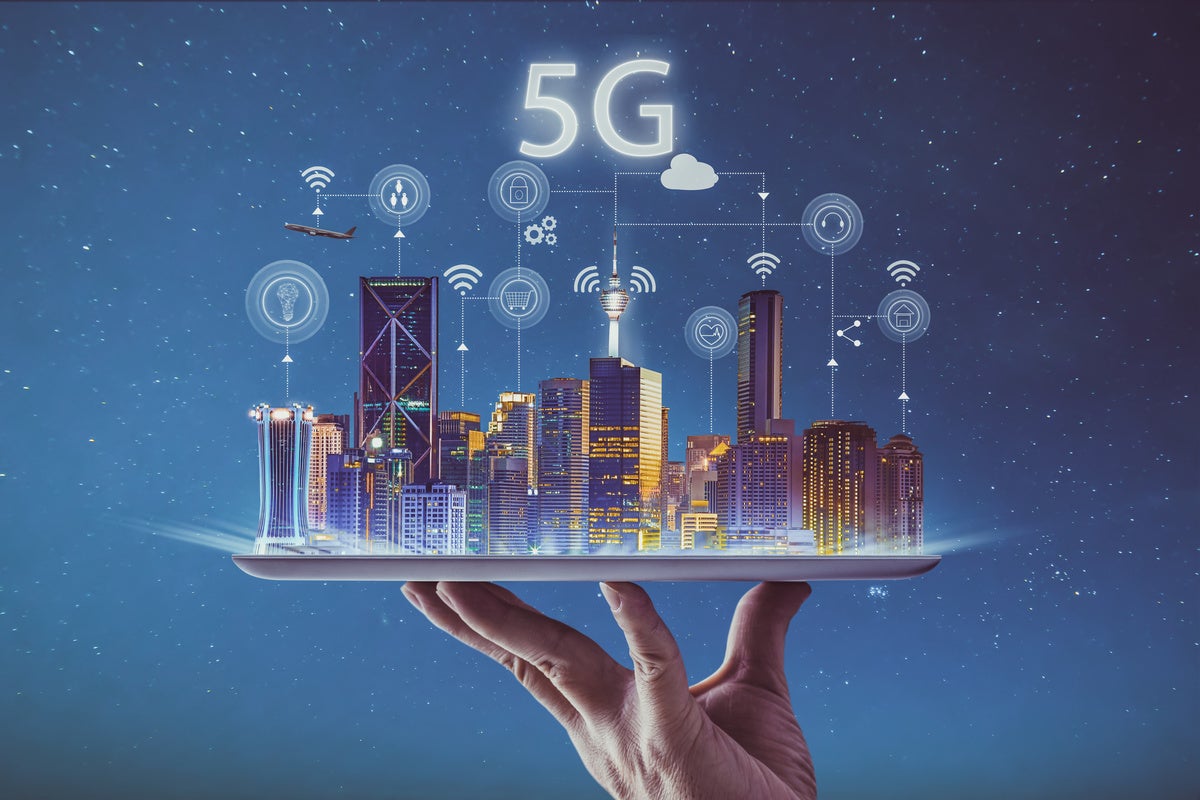- I recommend the Pixel 9 to most people looking to upgrade - especially while it's $250 off
- Google's viral research assistant just got its own app - here's how it can help you
- Sony will give you a free 55-inch 4K TV right now - but this is the last day to qualify
- I've used virtually every Linux distro, but this one has a fresh perspective
- The 7 gadgets I never travel without (and why they make such a big difference)
COVID, slow endpoint deployment could put the brakes on private 5G growth

The pace of private 5G/LTE growth in the enterprise is likely to drop substantially below earlier estimates, thanks to Covid’s aftereffects and slack growth in the development of 5G-equipped endpoints, according to a report issued today by IDC.
A December 2020 forecast predicted the size of the annual market for private LTE/5G wireless infrastructure to reach roughly $4.7 billion in 2023, but that figure has been revised downward to about $3.8 billion in the new report. That’s still a sharp increase from 2021’s $1.8 billion figure, but a substantial change, nonetheless.
Private 5G trials are still increasing, IDC said, which should translate to widespread deployment in the future, but commercial deployments of the technology continue to be limited to “a few high-end customers.”
According to Brandon Butler, a research manager at IDC and one of the report’s authors, earlier predictions were based on the idea that, at this point in the deployment of 5G networks, a robust ecosystem of 5G endpoint devices would have sprung up. That hasn’t proved to be the case, and the report cited the paucity of embedded industrial devices, automated guided vehicles, and other important parts of the industrial IoT sector as being particularly impactful to growth rates.
“I think we were expecting to see a slightly bigger demand for that,” Butler said.
Another factor is the disparate impact that the COVID pandemic has had on various sections of the enterprise technology market — where well-established segments like Wi-Fi saw demand spring back quickly over the course of 2021, newer and less widespread technologies like private wireless rebounded much less quickly, according to Butler.
“It’s a new technology, so it can take a bit longer to figure out the architecture,” he said.
The key aspect for potential enterprise users of private LTE and 5G to be aware of — and a potentially important driver for the market — is the fact that the technology is available through an unusually wide array of different channels. The Nokias and Ericssons of the world make sense as one type of channel; they are, after all, well-established cellular equipment vendors. But, via partnerships, everyone from cloud hyperscalers like Amazon to systems integrators like Accenture are trying to get into the business of selling private 5G.
As each type of vendor puts its own unique spin on the technology — Cisco, for example, wants to include its well-known network management technologies like Identity Services Engine into a private 5G offering — the appeal for private networks will continue to broaden for new customers.
“As the market matures, you’re going to see some more of those management efficiencies that are going to come out,” said Butler. “That’s going to create lower-friction adoption.”
Copyright © 2022 IDG Communications, Inc.

